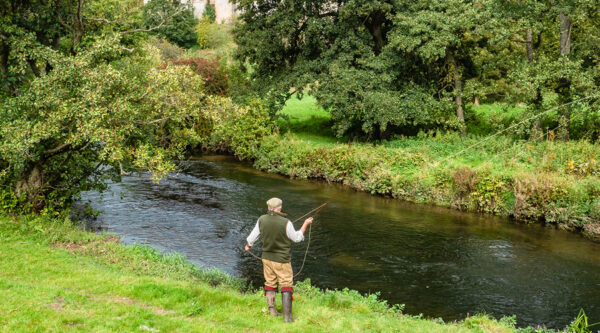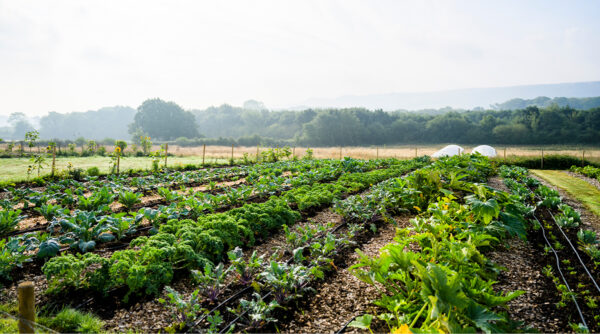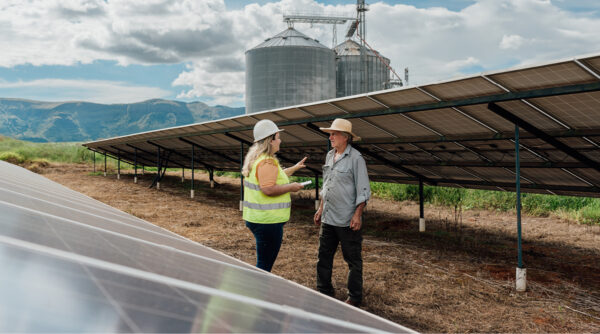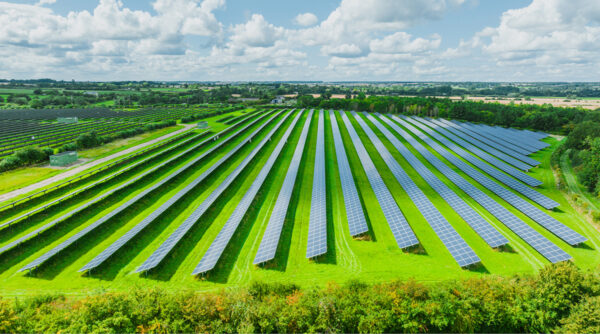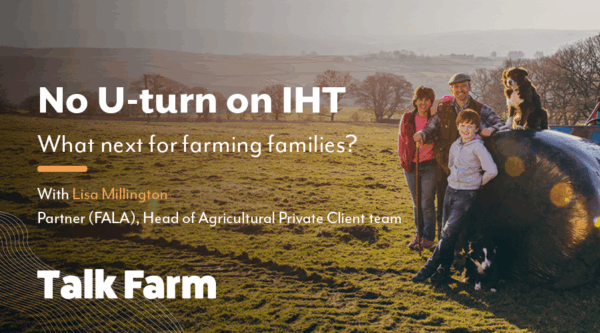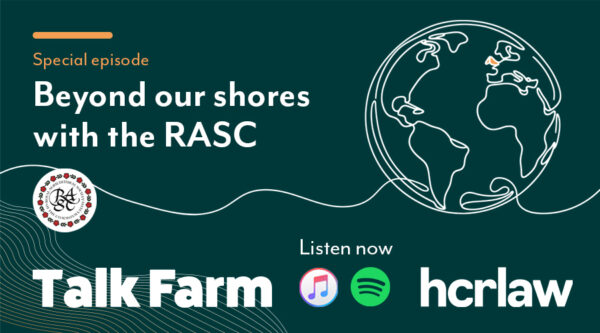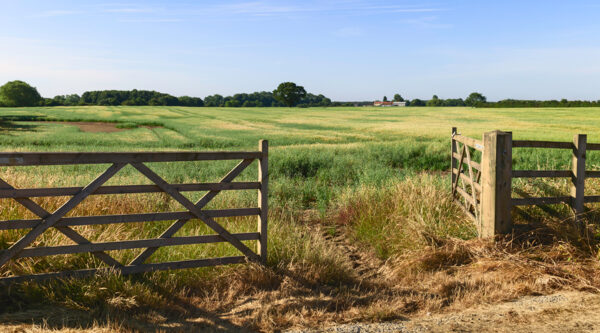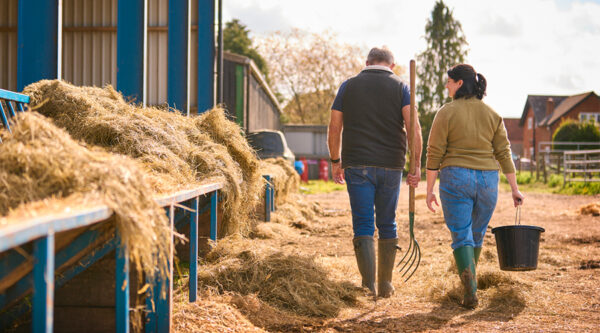
Delivery of the Environmental Land Management Scheme – an overview and issues
11 February 2025
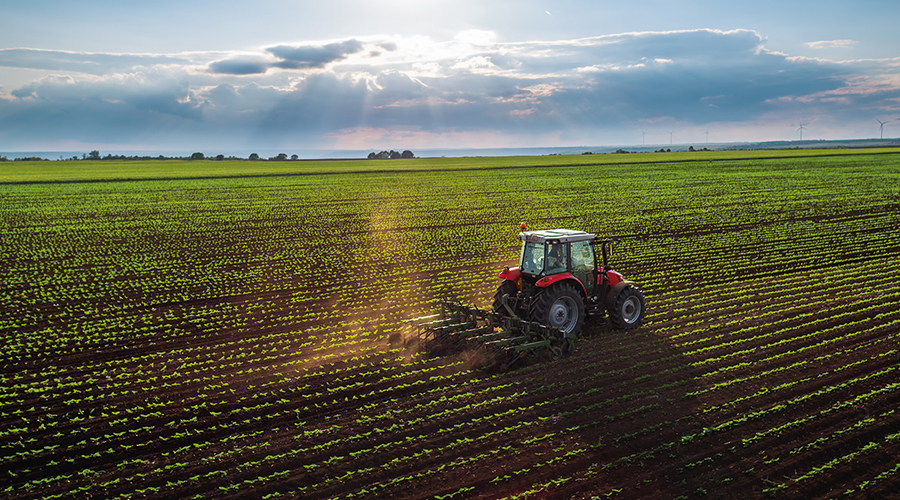
What is the Environmental Land Management Scheme?
The government introduced the Environmental Land Management Scheme (“ELMS”) to drive the post-Brexit farming reforms in supporting sustainable food production alongside nature recovery and habitat management.
The scheme is gradually replacing the Basic Payment Scheme (“BPS”), the phase out of which was sped up in the October budget through providing “public money for public goods”. The aim is to maintain and grow a resilient and productive agriculture sector, whilst also going some way to achieve environmental and climate targets.
What schemes are available?
In a move away from the direct payments under the Common Agricultural Policy, the government want farmers and landowners in existing agreements to continue to take part in the ELMS. There are three schemes:
Sustainable Farming Incentive (SFI) – this pays farmers to adopt and thereafter maintain sustainable farming practices which will allow them to continue growing food whilst at the same time protecting and enhancing the natural environment.
Countryside Stewardship – famers and landowners will receive payments centred around specific locations, features and habitats. There is even an additional incentive to encourage landowners to join forces across their respective areas in order to deliver larger scale comprehensive results.
Landscape recovery – this scheme pays for bespoke and “landscape” scale projects designed to enhance and restore the natural environment over a longer term.
It is estimated that there are around 40,000 agreements in the government’s Countryside and Environmental Stewardship schemes, which covers around 34% of agricultural land. By 2028, the plan is to increase this amount to 70,000 agreements which will, in turn, cover around 70% of farmland.
Provided there is a healthy uptake by farmers and landowners, ELMs is expected to restore a broad range of wildlife-rich habitats, improve water quality, increase resilience to flooding, create more woodlands and reduce carbon emissions.
Delivery and issues of ELMS
On the face of it, ELMS appears to be a positive step forward in achieving the government’s environmental goals alongside food production, but there is criticism over its delivery.
An impact assessment of ELMS commissioned by Defra identified multiple risks to food production and the environment due to its “land sharing” policies, which allow for food production and nature restoration to be carried out on the same land.
The think tank Science for Sustainable Agriculture believe that a “land sparing” approach should be used to maximise food production on the land best suited for growing crops and achieving good yields, whilst marginal and less productive land should be used for rewilding and nature conservation.
The overall consensus is that whilst the introduction of ELMS is a significant benefit to the environment, it could prove to be a significant disbenefit to food security, which could result in food having to be imported from elsewhere to sustain demand.
There is also a question as to whether ELMS really bridges the funding gap following the withdrawal of BPS. One particular concern for farmers is that the cost of implementing these schemes far exceeds the payment they receive from the government.
In turn, this prevents them from successfully delivering the desired outcomes. In response to this, the SFI, in particular, has seen farmers take advantage of the “pick and mix” approach the scheme currently offers, by implementing a mix of actions driven by the need to secure good payment rates.
This somewhat diverts attention away from the purpose of the scheme and the outcomes it is seeking to achieve, which should be to encourage farmers to selectively choose actions best suited to their land to maximise productivity.
What can be done to help the delivery of ELMS?
Clearly certainty of funding and early confirmation on availability are key, as is creating accessible and efficient schemes. The Wildlife Trusts suggest that the government should provide resources to deliver guidance and advice to help support farmers.
Equally, there should be an opportunity for farmers to access advice from their peers, to allow them to collaborate in sharing ideas and learning. Alongside this, if the government was to tailor its advice based on specifics such as the size, type and the geographical region of a farm, this could in turn help farmers make better decisions around which scheme is suitable for them.
A consultation of a land use framework has been launched. It is thought such a framework would make targeting of schemes and funds much clearer and could provide practical guidance to farmers to help ensure that ELMS is being targeted in the right places and that food security is protected. However, it will take a considerable period to resolve – whilst ELMs improvement and focus is needed now.
